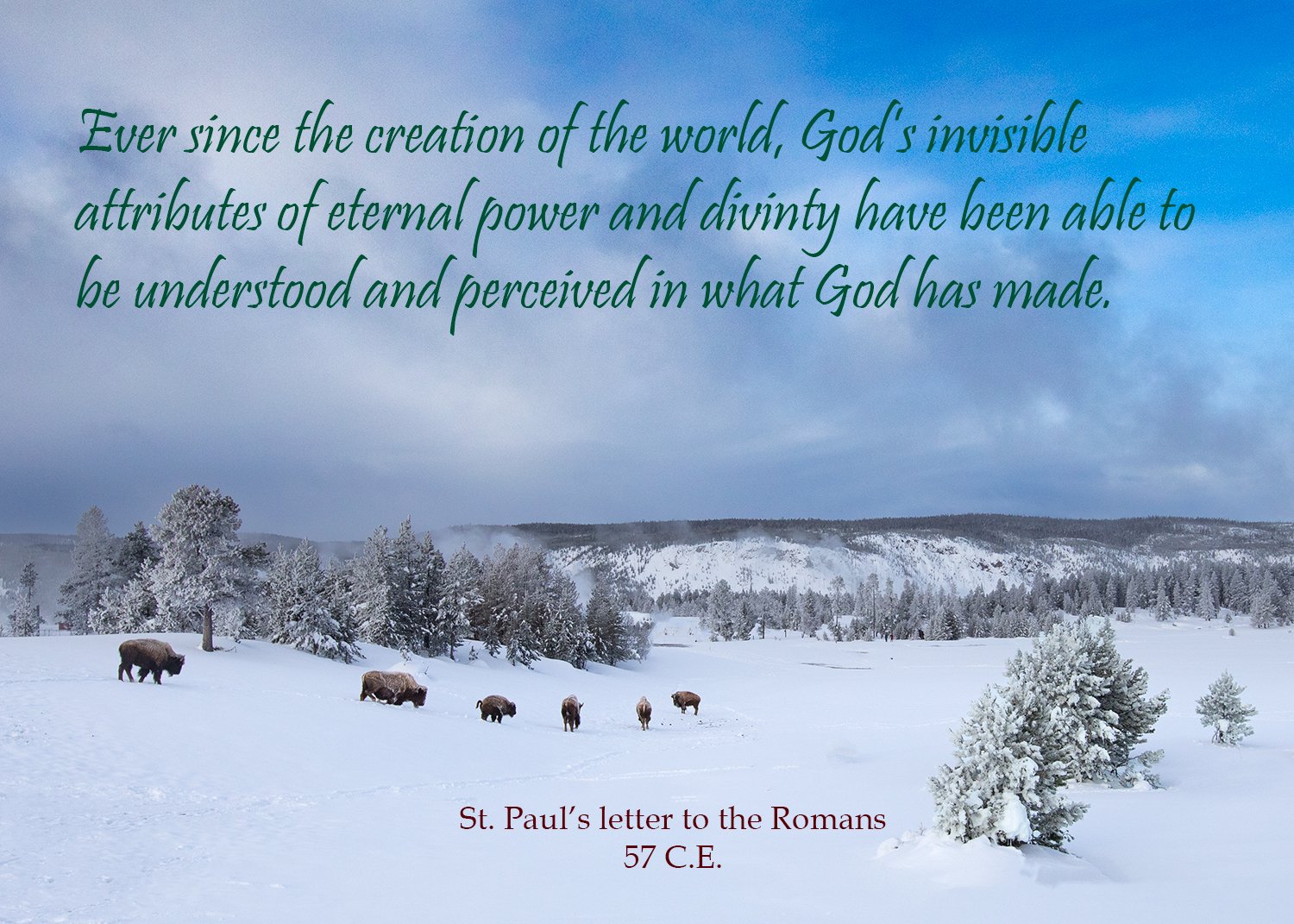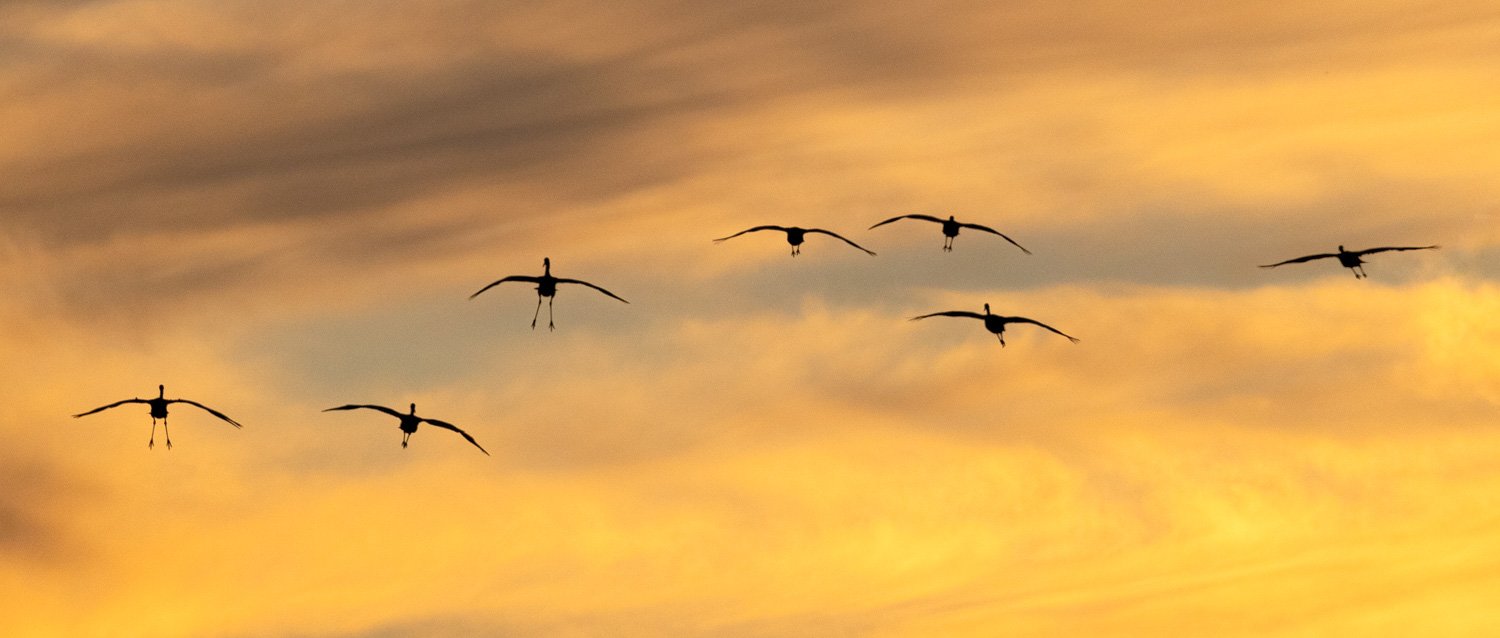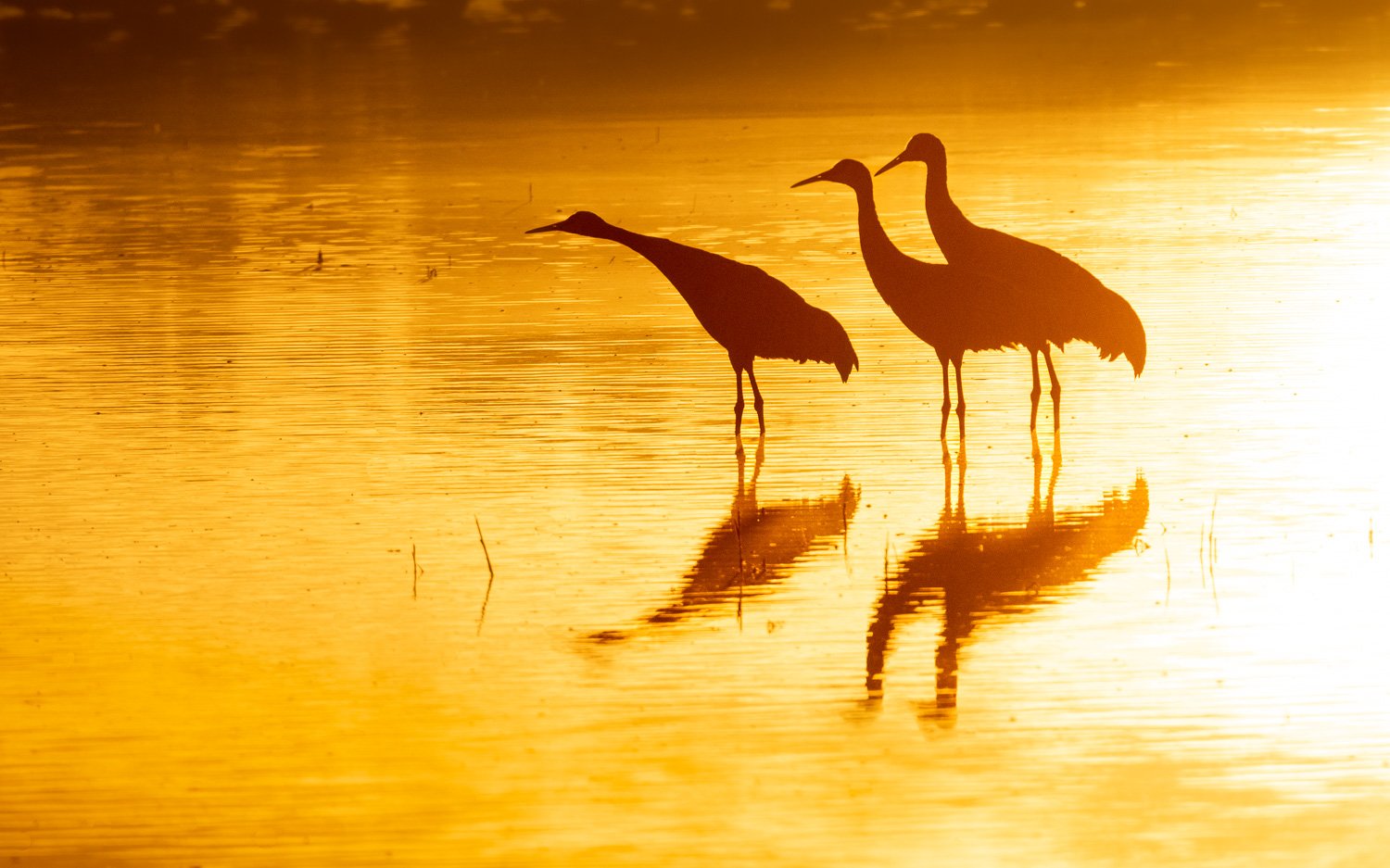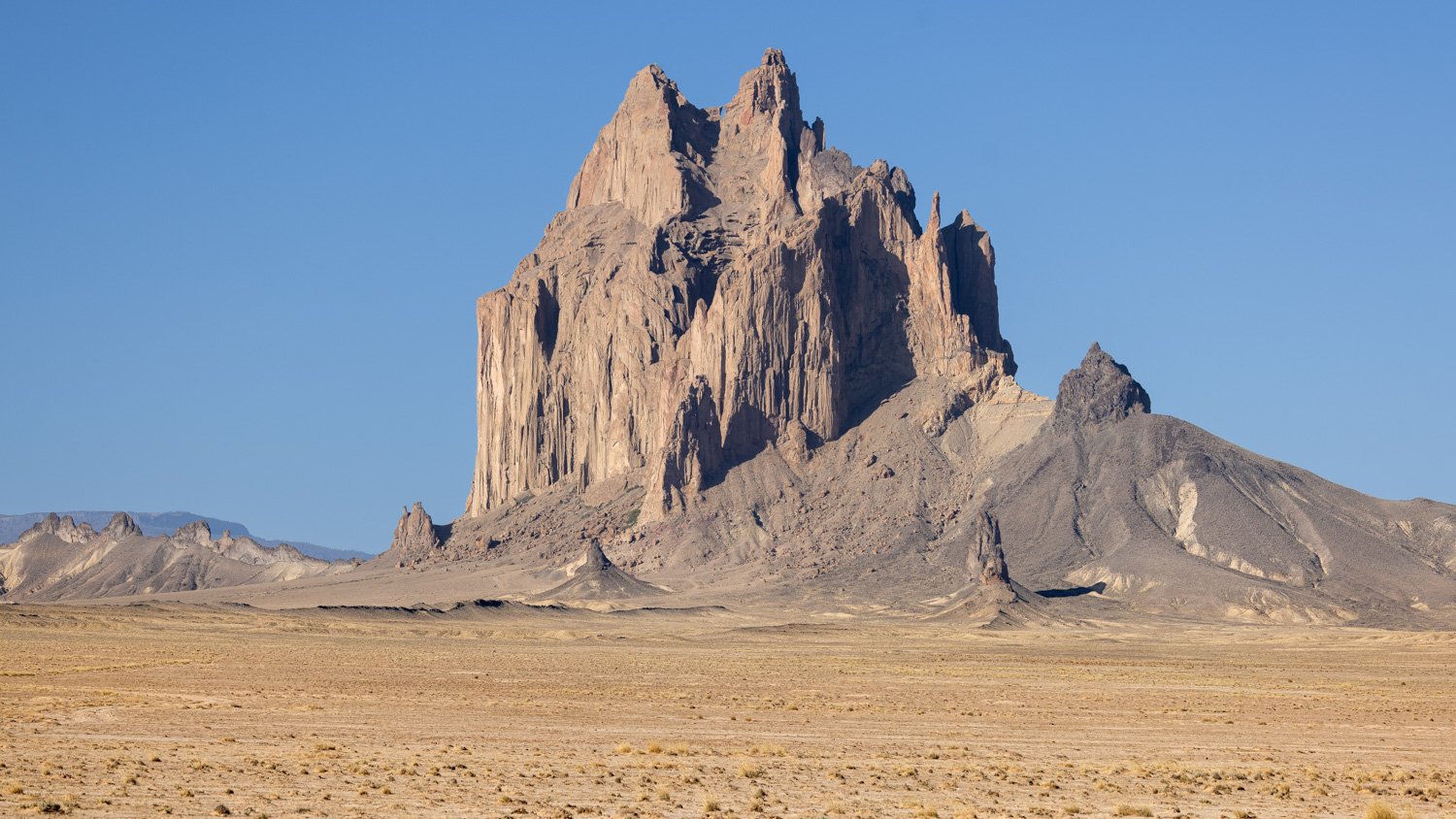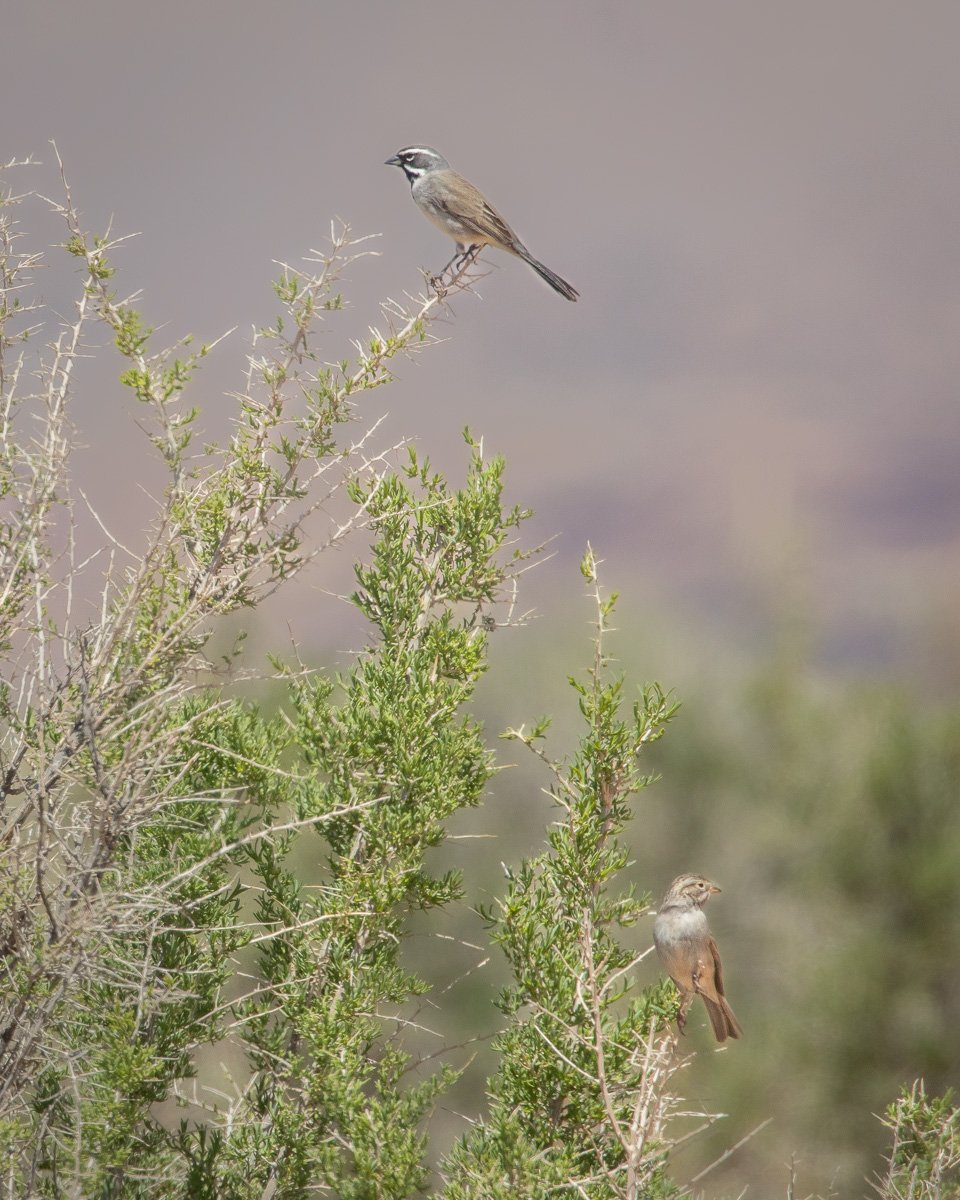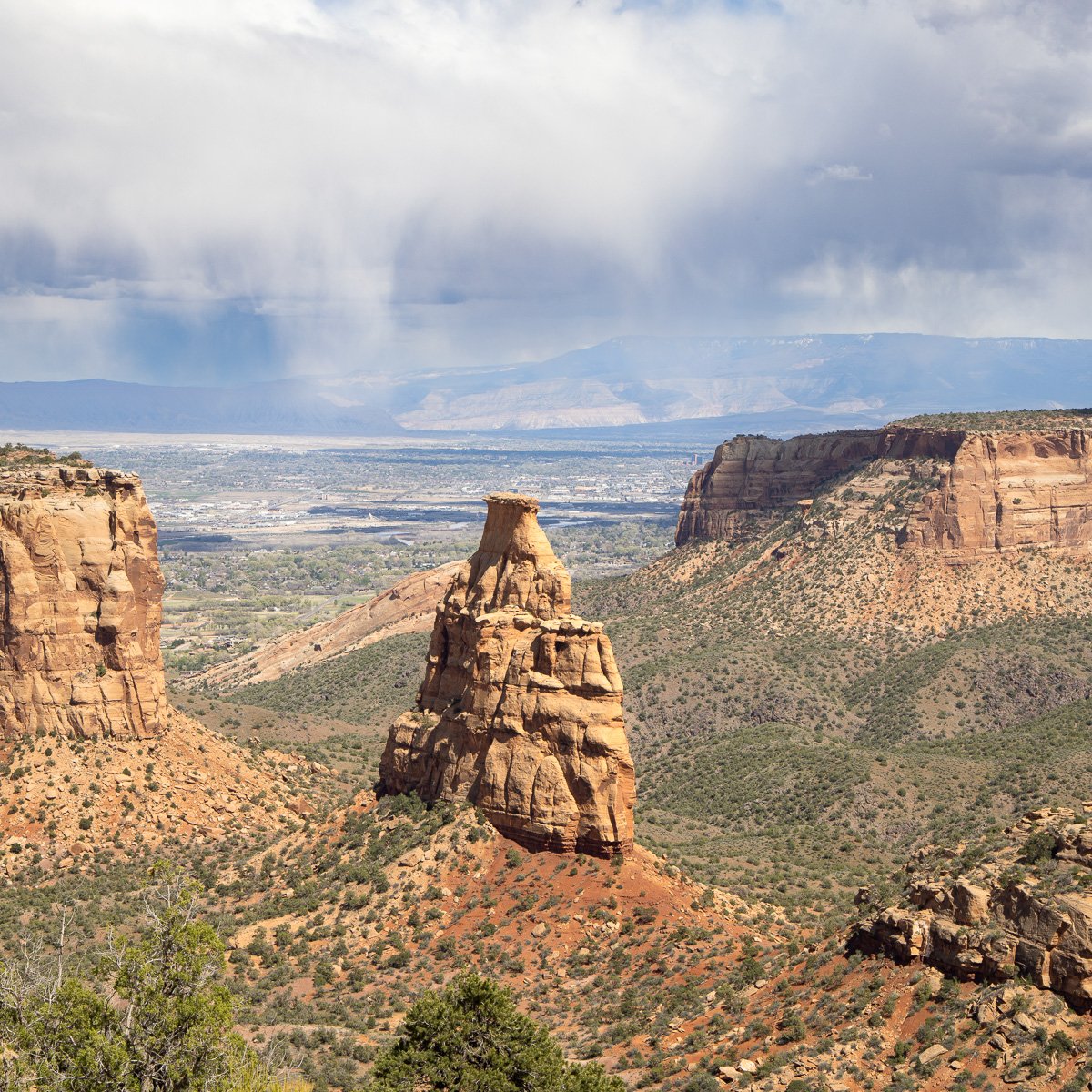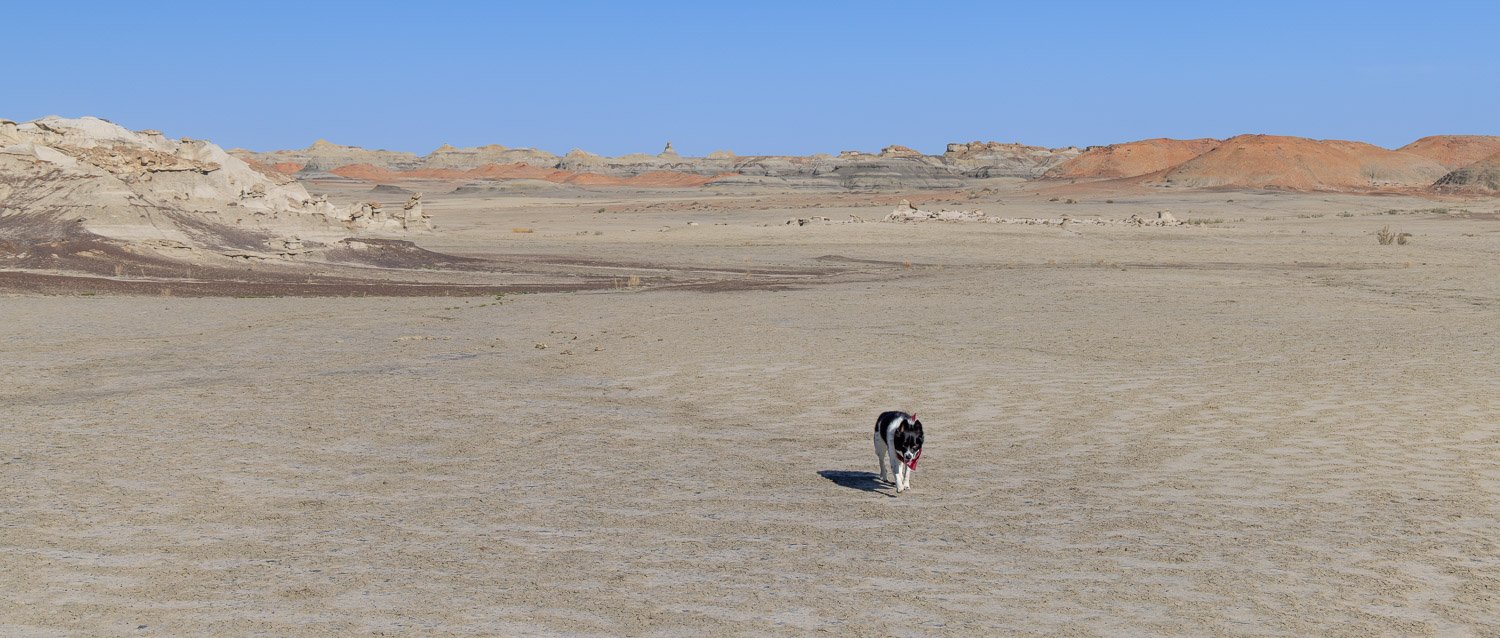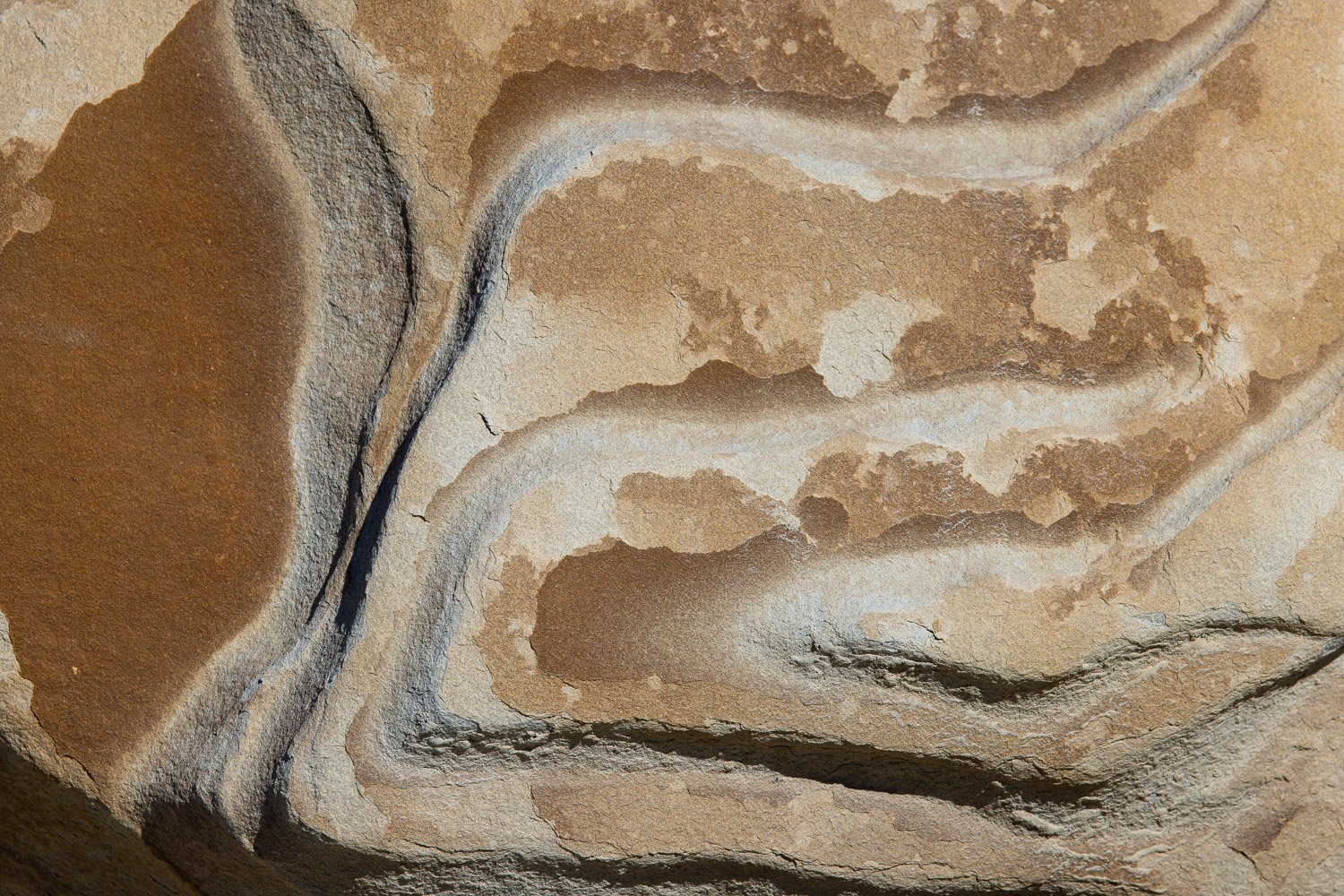Quite possibly most people outside of south Florida did not know Marjory Stoneman Douglas before the brutal shooting at the high school named in her honor. Her remarkable life began in 1890 and lasted almost to the 21st century.
Great Egret, Everglades National Park
Her father was the first editor of the small town paper, The Miami Herald. In a long line of authoritarian Florida governors, Napoleon Bonaparte Broward sought to drain the Everglades, while Frank Stoneman opposed him. When Stoneman got elected as a judge, Broward refused to give him the office. Marjory became a society columnist for the paper, but soon was joining and writing campaigns for women’s suffrage and fighting poverty. In 1947 she published The Everglades: River of Grass which immediately sold out and spurred effort to protect the largest subtropical wilderness in the country which prior to the book was simply considered a wasteland.
“There are no other Everglades in the World,” Marjory Stoneman Douglas
The fight to protect the vast ecosystem continues in fits and starts. One of the greatest harms was the construction of the Tamiami Trail from 1913 to 1926 which bisected the Glades from east to west and halted the natural southern flow of water. Just in the last few years, and still unfinished, is a remarkable engineering task to raise the road a few feet on massive bridges that allows the water to flow underneath.
About halfway across the Tamiami Trail you will find a small sign to a pull off for the Clyde Butcher Gallery. It’s in what he calls the Loose Screw Swamp because a friend told him he must’ve had a screw loose to buy land for his home there. Butcher mostly uses a large format camera and black and white film to capture images of the Everglades. In 1990, an image of his was used for the cover of Marjory Stoneman Douglas’s 100th birthday party invitation.
Big Cypress National Preserve
“My first baptism in swamp water was in the Big Cypress Swamp, where I experienced a primeval presence I had never felt before. It was as though I was entering a time warp where the beginning and end of time combined in the waters of the swamp. It dawned on me, at that moment, that we humans are part of a greater whole.”
Introduction to “The Everglades” by Clyde Butcher
When Butcher was first starting as a photographer, Florida Institute of Technology purchased 61 of his larger prints. The school is in the town where I was raised, and a few years ago they exhibited the full collection. To stand in front of the massive prints is to share in his primeval presence.
Loop Road, Big Cypress Preserve
Big Cypress National Preserve protects much of the land to the north and west of Everglades National Park. Before visiting Butcher’s gallery I drove the Loop Road through the preserve which goes through open grasslands with dwarf cypress and wetlands with giant bald cypress. When his book The Everglades was published a couple years ago, he had an image called Loop Road 2 of dwarf cypress in the grassland he’d taken in 1998. I had to buy a signed black and white print from the photographer often called today’s Ansel Adams.
Barred Owl, Everglades National Park
That evening I ventured back into Everglades National Park with the promise of clear skies giving an opportunity for star images. After getting my tripod set, a blur flew overhead and then landed nearby. The Barred Owl posed briefly before continuing the hunt. I had no idea a shooting star joined the scene until I got back to look at the image. Many thanks to Marjorie Stoneman Douglas and Clyde Butcher for their work to preserve such a place.



















